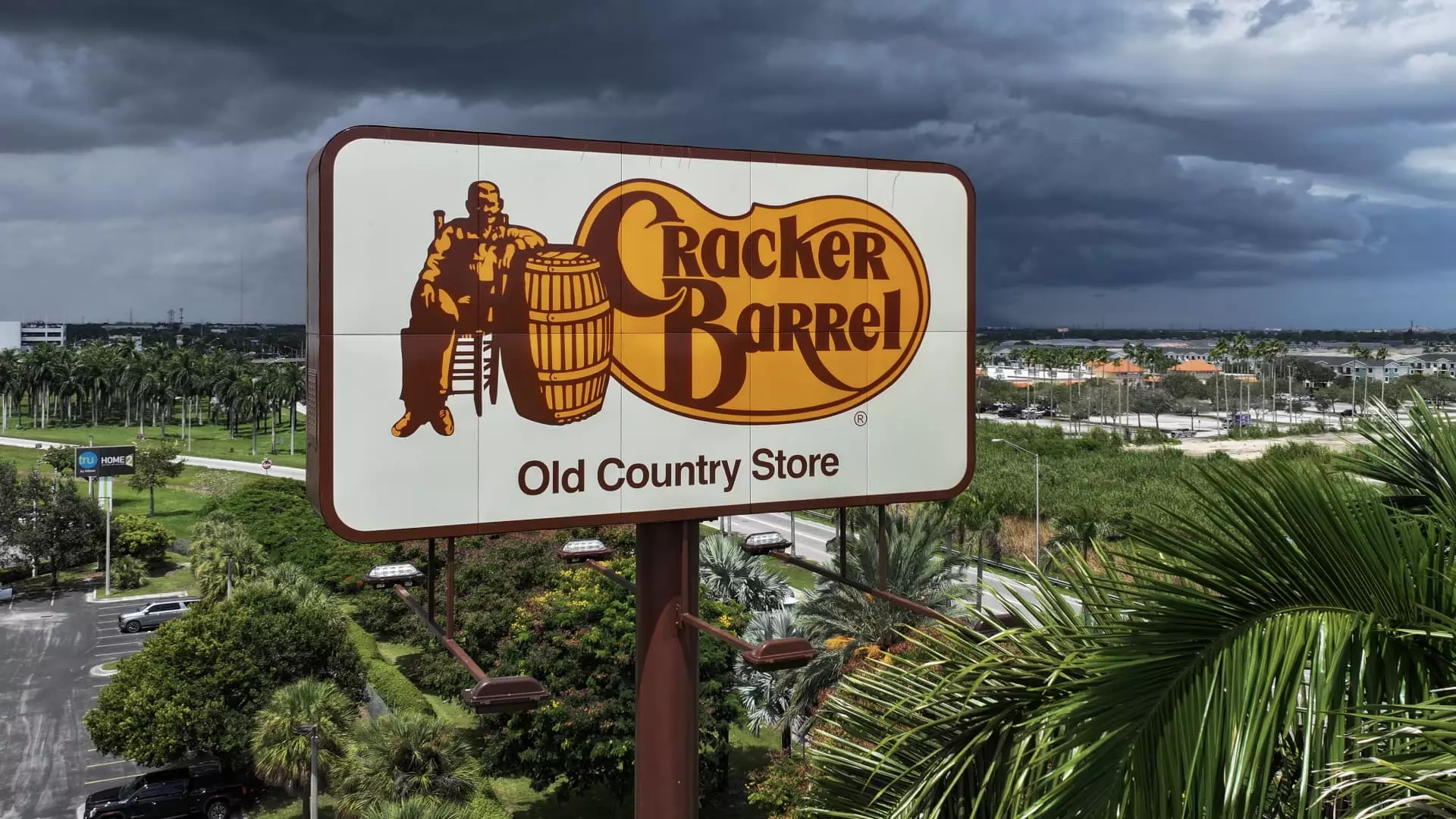Cracker Barrel’s recent saga highlights the dangers of misjudging a brand’s core identity in the relentless pursuit of modernization. The company’s ill-conceived rebrand, including a vague logo overhaul and ambitious remodel plans, was a superficial attempt to appear fresh and relevant. However, this move misfired spectacularly, exposing a fundamental misunderstanding of what truly anchors loyal customers and defines the brand’s nostalgic charm. Instead of listening to the unspoken bond that customers have with the familiar, the corporate leadership prioritized fleeting trends and image updates over authenticity. Such superficial changes risk eroding the very foundation that enables brands like Cracker Barrel to thrive across generations.
What was presented as a strategic effort to invigorate the brand felt more like an reckless gamble that disregarded the cultural and emotional ties consumers have cultivated for decades. The decision to remove Uncle Herschel from the logo and sanitize the visual identity aimed to reposition the chain as “modern,” but it inadvertently alienated its traditional base. It epitomizes a critical error: forgetting that brands with deep roots must grow from within, not by abandoning what made them beloved in the first place.
The Cost of Ignoring Customer Sentiment
The backlash from loyal patrons was swift and intense. In a social media landscape where consumer voices can amplify rapidly, Cracker Barrel’s rebrand was interpreted as an attempt to erase its American identity and heritage. Critics labeled the move as “soulless” and “generic,” dismissing it as a shallow attempt to appeal to an undefined demographic rather than respecting its existing audience. This disconnect highlights the perilous gap between corporate ambitions and consumer expectations, especially when a brand attempts to reinvent itself without respecting its history.
The company’s response, while somewhat defensive, failed to acknowledge this fundamental miscalculation. Instead of demonstrating humility and a willingness to listen, the leadership’s initial dismissiveness only fueled more skepticism. It was only after public outcry and political commentary—exemplified by President Donald Trump’s call to restore the original logo—that Cracker Barrel reversed course. This backtrack, though welcome, reveals either a failure of initial strategic planning or a stark realization that the brand’s heritage cannot be broken with a few superficial tweaks.
Rebuilding Trust and Reinforcing Tradition
Returning to the “Old Timer” logo and halting remodeling projects was a savvy move—albeit one that should have been the starting point, not the solution. Cracker Barrel’s pivot underscores a crucial lesson: authenticity should be the foundation of any branding effort, especially for brands rooted in American tradition. The decision to reintroduce Uncle Herschel and lean into nostalgia is a recognition that consumers value continuity and genuine connections over gimmicks.
Furthermore, initiatives like “Front Porch Feedback”—a platform for direct customer communication—are steps in the right direction. They signal an acknowledgment that listening to customers is more valuable than imposing a corporate vision rooted in superficial trends. Genuinely engaging with customers’ stories and experiences will inevitably foster loyalty, especially for a brand that prides itself on its rustic, home-style ambiance.
Implications for the Future: A Lesson in Respect and Authenticity
Cracker Barrel’s experience underscores the importance of respecting core brand elements rather than discarding them in pursuit of perceived modernization. It also paints a broader picture of how traditional American brands are at a crossroads in the digital age—struggling to balance modern relevance with cultural authenticity. For brands operating within this space, the lesson is clear: superficial rebranding efforts risk alienating core customers and damaging the reputation built over decades.
Looking ahead, Cracker Barrel’s retraction offers an opportunity to refocus on what genuinely matters—heritage, storytelling, and community connection. These qualities have sustained the brand through many economic cycles and social changes. The challenge now lies in leveraging this history without retreating into nostalgia or resisting progress altogether. Striking that delicate balance will define whether Cracker Barrel can emerge stronger or remain a cautionary tale of modernization gone awry.
In essence, Cracker Barrel’s misadventure is a stark reminder that respecting tradition and listening to customer voices are paramount in branding. Authenticity, not superficial change, is the true catalyst for sustainable growth in a marketplace that values integrity and roots. The company’s swift reversal highlights an unavoidable truth: you cannot build trust on a foundation of superficial illusions; true confidence comes from honoring the values that made your brand resilient in the first place.

